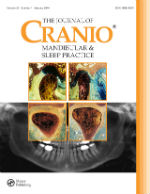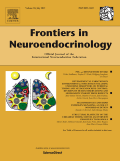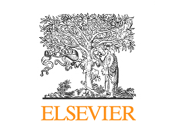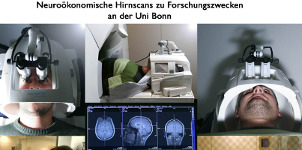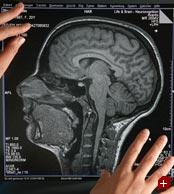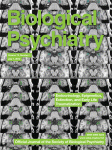
|
Becker B1,
Mihov Y1,
Scheele D1,
Kendrick KM2,
Feinstein JS3,
Matusch A4,
Aydin M1,
Reich H1,
Reich H1,
Urbach H1,
Oros-Peusquens AM4,
Shah NJ4,
Kunz WS5,
Schlaepfer TE5,
Zilles K1,
Maier W7,
Hurlemann R1,
B. Newport provided superb technical assistance. Fear processing and social networking in the absence of a functional amygdala Biological Psychiatry 72: 70 - 77 |
|
1 Department of Psychiatry, Epileptology (WSK); Department of Radiology (HU), University of Bonn,
Bonn, Germany; 2 Key Laboratory for Neuroinformation (KMK), School of Life Science and Technology, University of Electronic Science and Technology of China, Chengdu, P.R. China; 3 Department of Neurology (JSF), University of Iowa, Iowa City, Iowa; 4 Institute of Neuroscience and Medicine (AM, A-MO-P, NJS, KZ), Research Center Juelich, Juelich; Department of Neurology (NJS), University of Aachen, Aachen; 5 Division of Neurochemistry (WSK), Platform NeuroCognition, Life and Brain Center, Bonn, Germany; 6 Department of Psychiatry and Behavioral Medicine (TES), The Johns Hopkins Hospital, Baltimore, Maryland 7 German Center for Neurodegenerative Diseases (WM), Bonn, Germany. |

